Eight Facts You Didn't Know About the HVAC Industry
The month of June brings an exciting holiday for the HVAC industry! National HVAC Tech Day — celebrated on Thursday, June 22 this summer — commemorates the hard work and efforts of contractors specializing in heating, ventilation, and air conditioning. Established in 2016, this holiday was created by ARS/Rescue Rooter, a national network of home and commercial HVAC businesses.
The National Energy Improvement Fund (NEIF) works closely with contractors who have been recognized for high standards of business practices, service, and professionalism, and thus have earned the NEIF Seal of Approval.
To date, NEIF is proud to team up with more than 1,400 contractors — ones who not only support NEIF’s mission to Go Greener, but who help customers to achieve their improvement goals as it relates to their homes and businesses. Through this partnership, both the NEIF team and NEIF-Approved Contractors can empower residential and commercial customers with affordable, low monthly payment financing.
In light of the upcoming holiday, and to shed light on the work that HVAC technicians perform for their profession, NEIF is sharing eight facts that you likely didn’t know: about the HVAC industry, HVAC history, and more!
Did You Know?
- For cooling alone, the United States consumes more electricity than the entire continent of Africa (whose population exceeds 1.2 billion people) consumes across the board.
Energy efficiency is an integral part of why NEIF was founded in 2018. Since then, NEIF has worked diligently with partners to deploy capital and create innovative financing programs for energy-efficient home and business upgrades. - The first modern electrical AC unit was NOT invented to increase comfort.
At the start of the 20th century, the Sackett-Wilhelms Lithographing and Publishing Company faced an issue of its magazine pages wrinkling due to humidity in the workplace. To ensure the best possible product, engineer Willis Carrier designed a system in 1902 to manage humidity and lower temperatures. Carrier later became essential in the formation of what is now known as Carrier Global Corporation, one of the biggest HVAC equipment manufacturers in the nation. - Herbert Hoover was the first United States president to reside in an air-conditioned White House.
Air conditioning was installed in the White House in 1929, at the request of the 31st president, Herbert Hoover. Just six years later, it was replaced by a newer, upgraded system during Franklin D. Roosevelt’s tenure as president. - In 1913, the first residential air conditioning system was included in the construction of a mansion in Minneapolis.
Although wealthy homeowner, Charles Gates, passed away before the mansion’s construction was complete, his wife and children later moved into what became regarded as the first U.S. home with air conditioning. - Historically, the invention of air conditioning dramatically affected the architecture of houses.
Prior to AC, home design largely revolved around maximizing airflow. For architects, this meant implementing higher ceilings, more windows, and porches with the intention of keeping occupants cool. In southern America, a particular style of home — coined the dogtrot house — utilized two separate cabins, where one was used for cooking and the other for sleeping. A breezeway in between the two ushered in cooler, outdoor air into both spaces. - The Milam Building in San Antonio, Texas became the first air-conditioned office building in early 1928.
At 21 stories high, The Milam was the first high-rise in the U.S. to offer air conditioning on each floor at the time of opening. - Nearly 34 million households across the nation reported concerns about energy security in 2020.
According to the Residential Energy Consumption Survey conducted by the U.S. Energy Information Administration (EIA), over a quarter (27%) of all U.S. households indicated difficulty with paying energy bills or cited they had kept their homes at “unsafe temperatures” due to concerns about cost.
Embedded in NEIF’s mission is to make energy efficiency, comfort, and safety affordable to all homeowners. In 2022, NEIF serviced 44% of its total loans to low-to-moderate income households, where accessibility to improvements is especially vital. - HVAC technicians lead positive environmental change — day in and day out.
The U.S. DOE estimates that the average household decreases their energy use by anywhere from 20% to 50% upon switching to a higher-efficiency system. For commercial properties, upgrades save around 30% of energy use.
HVAC technicians — the professionals who enact those equipment upgrades and replacements — play an important role in helping families and business owners achieve their goals for energy efficiency.
Without HVAC technicians, it would be a lot harder to enjoy the upcoming summer months with our family and friends, and certainly at our places of work, too. NEIF is incredibly grateful for the opportunity to work with so many experts who are passionate about their work and committed to helping others Go Greener, Affordably.
SOURCES: Blair’s Air Conditioning & Heating, Cagle Service Heating and Air, Energy.gov, MySA, The Atlantic, U.S. Energy Information Administration, Yale Environment 360



